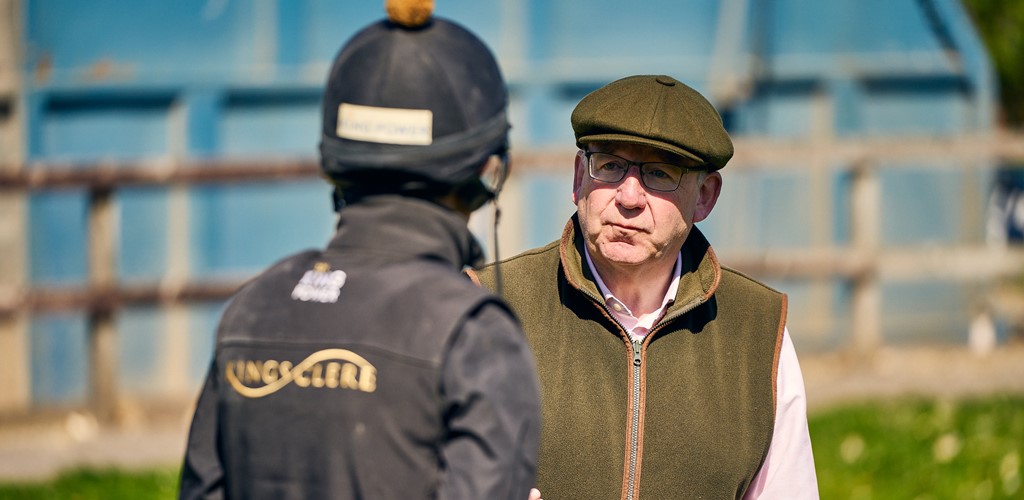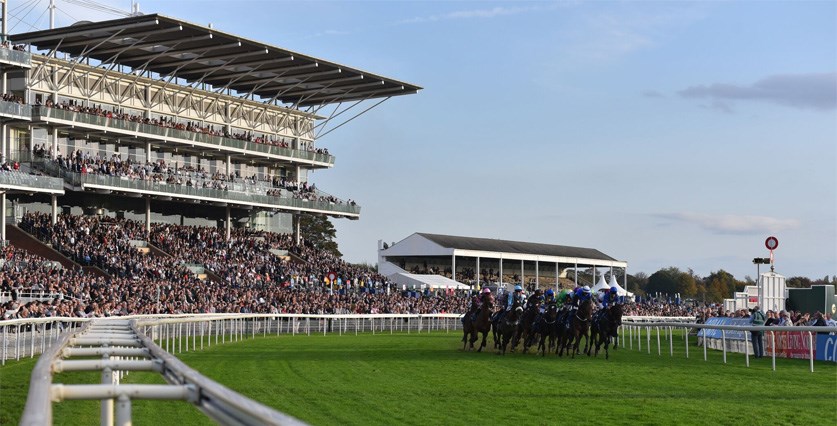
Cornelius Lysaght writes about the history of York Racecourse
With the Dante Festival starting tomorrow, our ambassador Cornelius Lysaght writes about the history of York Racecourse:
Every time someone calls for a show of hands amongst a group of flat racing enthusiasts about their favourite racecourses a Royal Hunt Cup-size field of responses is received.
Clearly Ascot would be an early leader, alongside runners like Chester and Newmarket – more the summer splendour of the July Course than the draughty open spaces of the Rowley Mile.
And there are plenty more as well; everywhere from the tree-lined charms of Hamilton on the northern circuit to the well-mown elegance of Salisbury in the south, and so many points in between and around and about.
But I’d bet you anything a pound to a bunch of jockeys’ helmets – I am not sure if that’s an idiom recognised by the Oxford English Dictionary but if it’s not, I feel it should be – that when all of the votes are counted up, the Knavesmire racecourse in York would hit the finishing line on top.
Located a couple of miles outside the ancient city walls, but still very much a big blob of green in the urban sprawl of the 21st century, they have been racing horses on the Knavesmire since the days when spectators wore togas, the first-name Cornelius was the height of fashion and the Romans governed York as ‘Eboracum’ – hence the name Ebor for its highest profile week every August.
And it was not just racing and other sporting activities: over the years, fixtures often coincided with the brutal local assizes and public hangings of the guilty on the ‘three-legged mare’, the nickname for gallows located on the Knavesmire, were known to provide a grizzly sideshow for racegoers; in 1739, that was the fate that befell the infamous highwayman Dick Turpin.
As an aside, in my experience the Three Legged Mare pub, in the shadow of York’s iconic Minster, provides an altogether much more genial welcome than its one-time namesake.
In the 1750s, York opened a viewing stand for the first time – some of it still surviving today as what’s believed to be the oldest in world sport – and more than 250 years later managers pride themselves on providing the best facilities at reasonable racecourse prices.
They frequently host capacity crowds of around 42,000 during the 18-day season, many from the local community where factories, offices and shops are known to close early so that everyone can make a timely arrival at the meetings which are also major social occasions.
Impressed southern based visitors have often dubbed York the ‘Royal Ascot of the North’ – and the whole Royal meeting did actually relocate to the Knavesmire in 2005 when Ascot was closed for redevelopment – to which locals relish the opportunity to deliver a speedy retort that in fact Royal Ascot is the “York of the South”.
The long, colourful heritage of York is celebrated every year with a string of races named after some of its greatest equine stars: at the Ebor Festival, the Gimcrack Stakes and the Great Voltigeur Stakes recall prolific horses from the 1700s and 1800s respectively, while two Yorkshire-trained Classic winners – the colt Dante and filly Musidora – have invariably-significant trial-races for the Derby and the Oaks at Epsom staged in their memories at the Dante Festival in May.
However the racecourse’s flagship event has altogether more modern roots.
When in 1972 the Derby winner Roberto upset the previously unbeaten Brigadier Gerard in the Ebor Festival’s brand-new Benson and Hedges Gold Cup (tobacco sponsors were ubiquitous in those days), with both breaking the course record, no one could quite have realised what they were starting.
Today August’s Juddmonte-sponsored Group One International Stakes, won by some of racing’s very biggest names – Dahlia; In The Groove; Rodrigo De Triano; Halling; Giant’s Causeway; Sea The Stars; Frankel and Roaring Lion all spring immediately to mind – is regularly rated as amongst the best races on the international stage.
So, little wonder perhaps that York proves such a big hit with so many.


